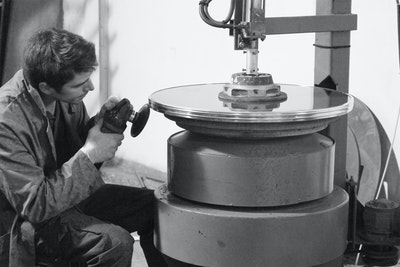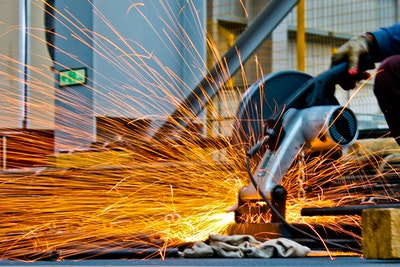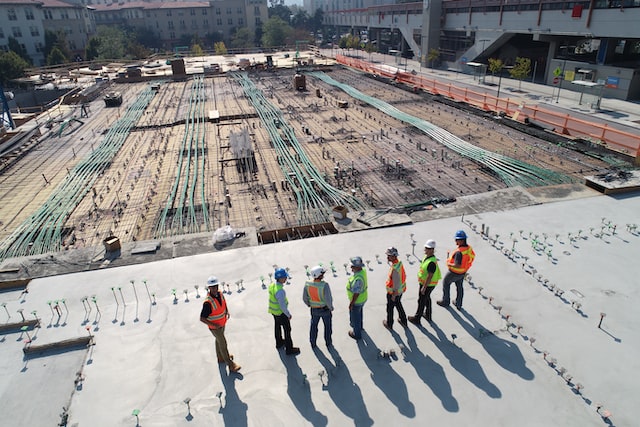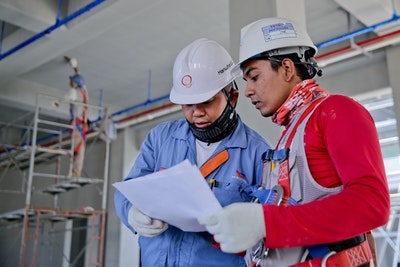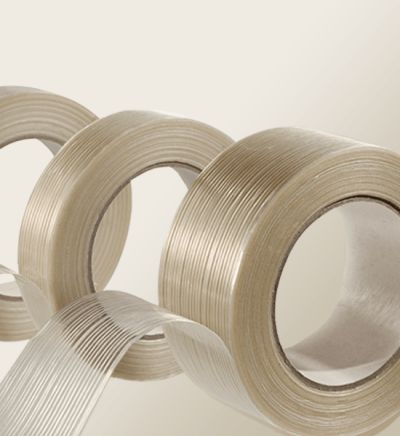What is Grounded Calcium Carbonate
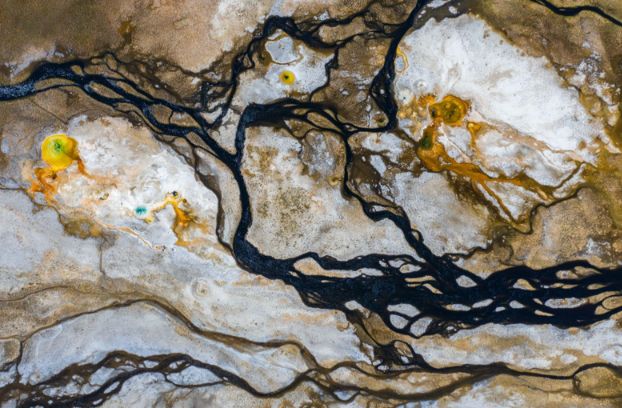 Grounded calcium carbonate (also called “whiting”) is an indispensable industrial mineral with multiple uses ranging from filler for paper production to an alternative source of wood pulp for latex paint formulation.
Grounded calcium carbonate (also called “whiting”) is an indispensable industrial mineral with multiple uses ranging from filler for paper production to an alternative source of wood pulp for latex paint formulation.
Glycol is a non-toxic material with FDA-affirmed GRAS status for food and pharmaceutical applications and can safely increase density in oil and gas drilling muds.
It has high whiteness and low oil absorption
Grounded calcium carbonate (GCC) has become a versatile industrial mineral with many applications in many industrial settings.
As an affordable mineral with excellent whiteness and low oil absorption rates, it is an economical and highly effective descaling agent in water and oil handling systems without degrading pipes.
Precipitated calcium carbonate (PCC) and ground calcium carbonate (GCC) are this mineral’s two most popular industrial forms.
Though their chemical compositions are similar, there are significant variations between their physical properties; GCC comes from naturally occurring high-purity calcite ores that contain impurities, while PCC tends to be purer with different handling characteristics. You can visit this helpful site to learn more about the chemical composition of GCC.
As part of the industrial process for creating PCC, its production requires controlled temperature, agitation, and carbon dioxide addition rates to create various particle shapes such as needles, cubes, prisms, and rhombohedrons.
Their size also determines powder density, surface area, and oil absorption – and affects performance in many applications of both PCC and GCC.
It is easy to decompose
Decomposing calcium carbonate into calcium oxide and carbon dioxide gas is an integral industrial process in cement manufacturing, paper making, and rubber processing industries. You can click the link: https://edu.rsc.org/thermal-decomposition-of-calcium-carbonate/ to learn more about this process’s science.
Recently a method of decomposition involving exposure to ionizing radiation was created, allowing this process to be dramatically expedited, shortening it from hours and days to minutes and seconds.
Refractory lining installation in an existing plant that utilizes fossil fuels is particularly beneficial since calcination processes produce large volumes of carbon monoxide.
Furthermore, new techniques have been devised to capture hydrogen sulfide (H2S) produced during gasification environments – this approach works particularly well when employed at plants using nickel-based deoxidizers such as ZnO or CuO.
GCC comes in various particle size distributions and classifications; wet ground natural limestone from an average diameter range of 5,000 to 700nm; precipitated calcium carbonate has fine to ultrafine particles that range between 40nm and sub-40nm in diameter, which makes it particularly ideal for use in papermaking to decrease usage costs, enhance dilution ratios, and increase whiteness
 It is easy to process
It is easy to process
Grounded calcium carbonate (GCC) is an adaptable material with many applications and industries. Easily processed at affordable prices, grounded calcium carbonate comes in various forms to meet specific application and industry needs.
As one of the main building blocks for life on Earth containing essential chemicals for human health, this material can be found in sedimentary rocks like limestone, chalk, and marble travertine and tufa formations.
Ground calcium carbonate production starts with natural high-purity calcite ores that have been washed, crushed, and fine ground to achieve an extremely consistent and desirable product that can be found anywhere from paper mills, paint factories, and plastic production lines to cosmetic laboratories and beyond.
Depending on its intended application, PCC is typically made through recarbonization and processed through either dry or wet grinding. It comes in various particle sizes, with finer grades having even more uniform particle distribution.
To enhance its performance in various applications, such as improving dispersion or elastomer-particle contact, coatings with stearate can also help enhance performance while protecting it against acidic ingredients or reactants that could adversely react with PCC particles.
It is easy to store
Calcium carbonate can be stored easily, making it an economical material for paper and plastic production, construction projects to reduce costs while increasing quality, medication supplements, fortified non-dairy milk to supplement calcium-deficient diets, etc.
Storage of calcium carbonite requires great care as this material is fragile. A storage plan should also be established, as it can react negatively to environmental conditions.
Ground calcium carbonate, more commonly referred to in the industry as GCC, is found globally in sedimentary rocks like limestone and marble, where it’s mined and ground into a finely ground product with three primary characteristics – particle size, color, and chemical purity.
Calcium carbonate occurs naturally as chalk, limestone, and marble rocks that are mined and ground into ground calcium carbonate using wet or dry grinding techniques.
Ground calcium carbonate is produced from one of the purest limestone deposits worldwide and sold to producers of paper, plastic, caulk, paint, plate glass, and rubber for use as an ingredient to increase quality while decreasing production costs.

